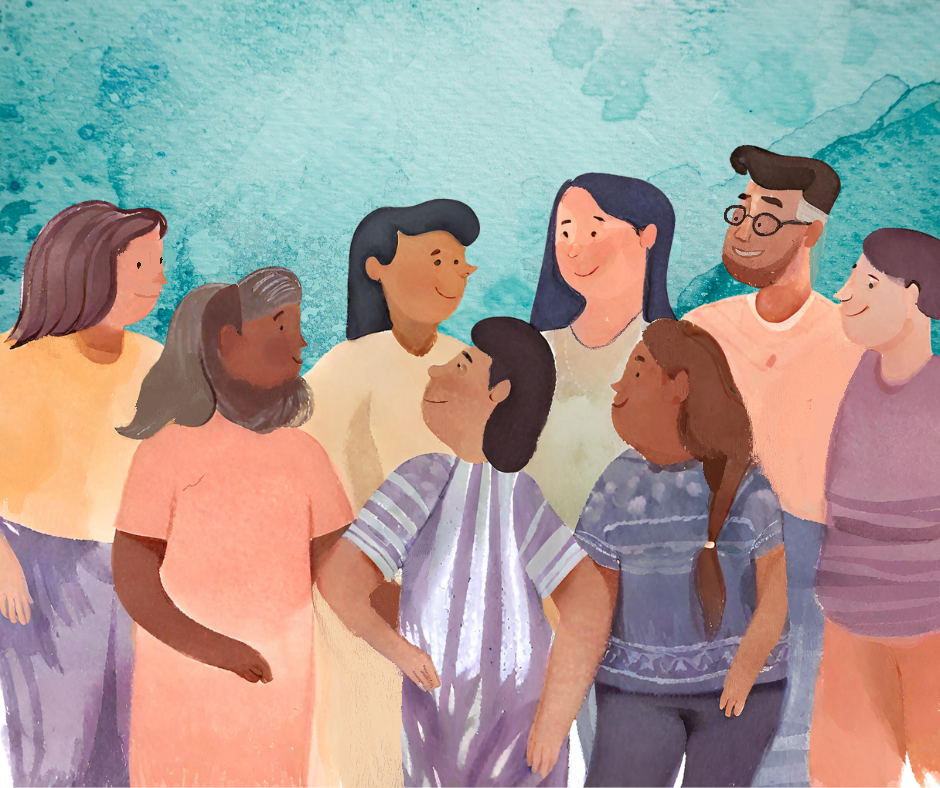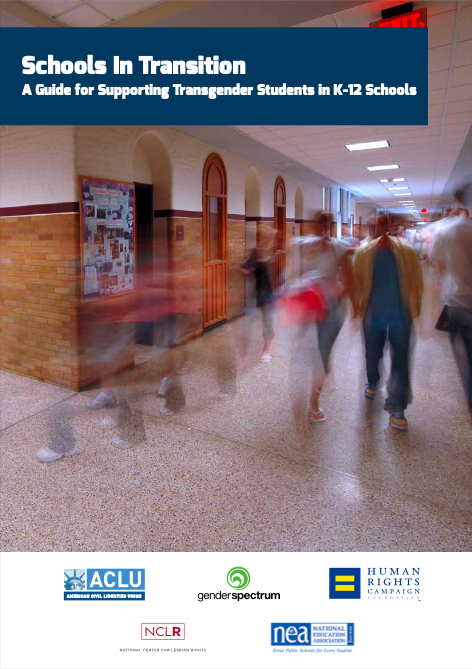
Evidence-Based Sexual Health & Inclusive Care: Insights & Resources
Sexual Health News
Public Health
Relationships
Opinions
All Articles

Intimate Partner Violence Prevention: Resource for Action (A Compilation of the Best Available Evidence)
This Prevention Resource presents a select group of strategies based on the best available evidence to help communities and states sharpen their focus on prevention activities with the greatest potential to prevent intimate partner violence (IPV) and its consequences across the lifespan. These strategies include teaching safe and healthy relationship skills; engaging influential adults and peers; disrupting the developmental pathways toward IPV; creating protective environments; strengthening economic supports for families; and supporting survivors to increase safety and lessen harms. The strategies represented in this resource include those with a focus on preventing IPV, including teen dating violence (TDV), from happening in the first place or to prevent it from continuing, as well as approaches to lessen the immediate and long-term harms of partner violence. Commitment, cooperation, and leadership from numerous sectors, including public health, education, justice, health care, social services, business and labor, and government can bring about the successful implementation of this resource.

Why Preserving Archived CDC Pages Matters for Public Health
The impact of restricting access to public health information is far-reaching. Resources on domestic violence intervention, LGBTQIA+ health, reproductive rights, and infectious disease prevention are not just theoretical—they save lives. Ensuring that these materials remain widely available means that healthcare providers, educators, advocates, and the general public can continue to make informed, evidence-based decisions about their health and safety.

Sexual Violence Prevention: Resource for Action (A Compilation of the Best Available Evidence)
This Prevention Resource represents a select group of strategies based on the best available evidence to help communities and states sharpen their focus on prevention activities with the greatest potential to reduce sexual violence (SV) and its consequences. These strategies focus on promoting social norms that protect against violence; teaching skills to prevent SV; providing opportunities, both economic and social, to empower and support girls and women; creating protective environments; and supporting victims/survivors to lessen harms. The strategies represented in this resource include those with a focus on preventing SV from happening in the first place as well as approaches to lessen the immediate and long-term harms of SV. Though the evidence for SV is still developing and more research is needed, the problem of SV is too large and costly and has too many urgent consequences to wait for perfect answers. There is a compelling need for prevention now and to learn from the efforts that are undertaken. Commitment, cooperation, and leadership from numerous sectors, including public health, education, justice, health care, social services, business/labor, and government can bring about the successful implementation of this resource.

Schools In Transition: A Guide for Supporting Transgender Students in K-12 Schools
Creating a safe and inclusive school environment for transgender students is critical for their well-being and academic success. Schools in Transition provides practical guidance for educators, administrators, and parents on how to support transgender students through social transitions, legal considerations, and inclusive policies. With contributions from experts at the ACLU, Gender Spectrum, and the Human Rights Campaign, this guide offers best practices, real-life case studies, and actionable strategies to foster gender-inclusive learning spaces.

Advancing Health Equity for Intersex Individuals: Archived from U.S. Department of Health and Human Services Office of the Assistant Secretary for Health
Intersex individuals—over 5 million Americans—face significant health disparities, medical harm, and systemic discrimination. This reuploaded CDC report on intersex health—originally archived due to federal efforts to erase gender diversity—examines the urgent need for inclusive, evidence-based healthcare and policy reform. Based on listening sessions with intersex advocates, healthcare providers, and policymakers, the report highlights medical harms, barriers to affirming care, and the need for systemic change. Read now to explore strategies for advancing intersex rights, healthcare equity, and legal protections in the fight against discrimination.

Breaking Point: The Unseen Struggle of Burnout in Schools and Workplaces
In the maze of academic pursuits and professional endeavors, burnout emerges as a formidable challenge, impacting individuals and institutions alike. This article endeavors to peel back the layers of burnout, delving into its nuanced manifestations, widespread prevalence, and often-overlooked repercussions, including its intersection with sexual health. By shedding light on these interconnected dimensions, we aim to equip readers with a comprehensive understanding of burnout and empower them to navigate its complexities with resilience and foresight.

Understanding and Harmonizing Sexual Responses
This article delves into the intricacies of sexual response within polyamorous relationships, guided by the dual control model of sexual arousal. It highlights the significance of understanding and adapting to varied patterns of sexual excitation and inhibition among partners. By exploring practical strategies and emphasizing open communication, the piece provides a roadmap for harmonizing diverse sexual needs, enhancing intimacy, and navigating the challenges unique to non-monogamous relationships. It is an essential read for those seeking to deepen their understanding of polyamorous dynamics and sexual wellness.






